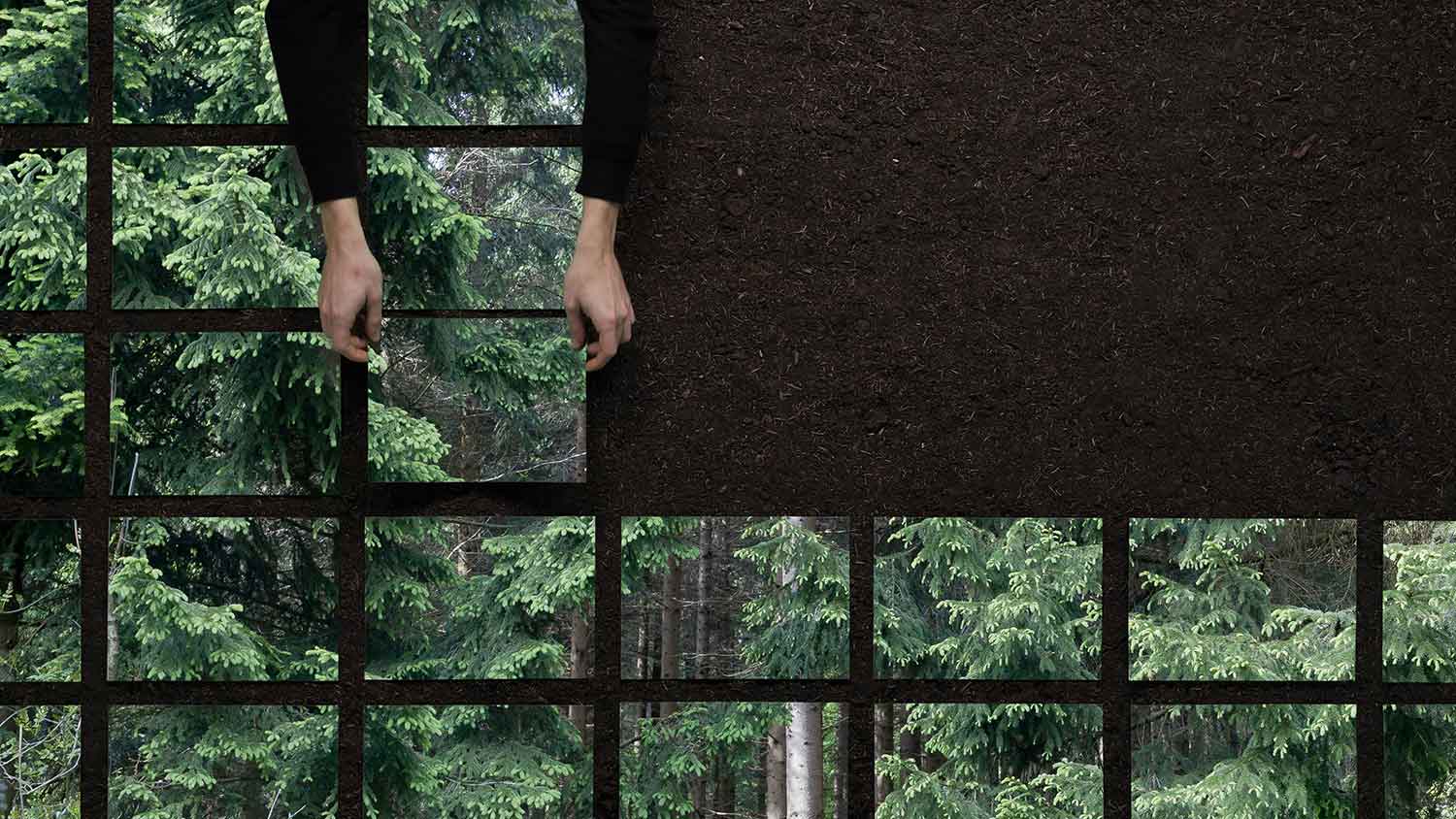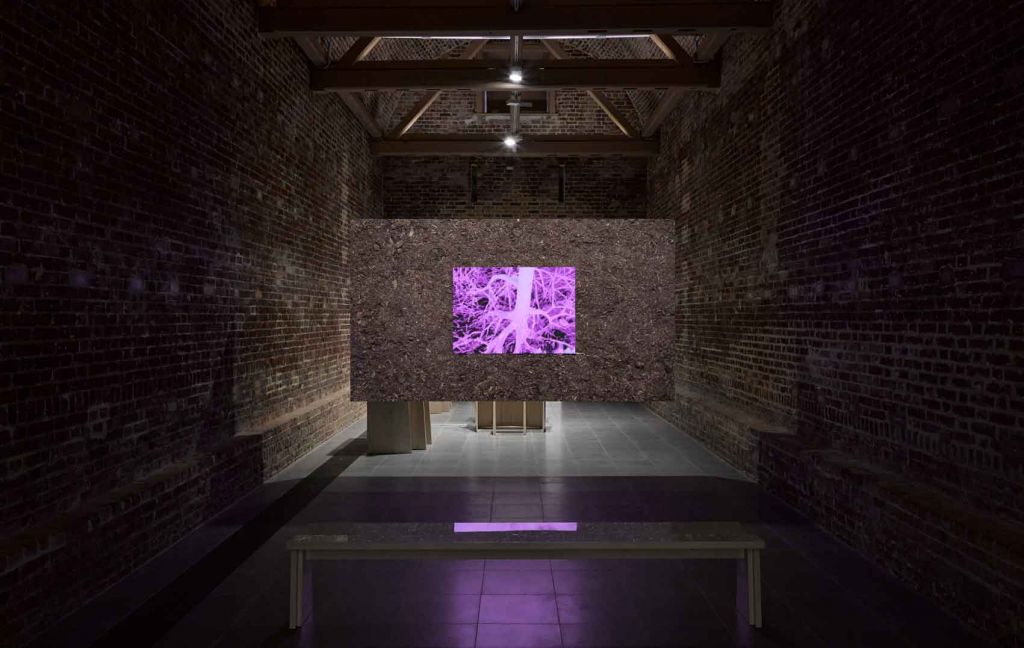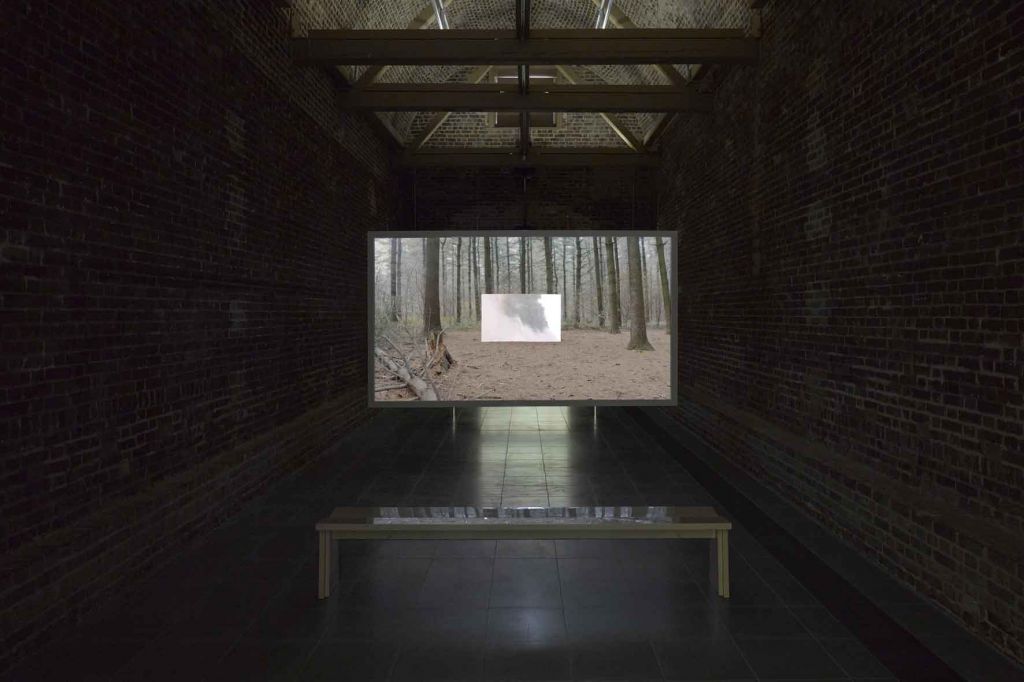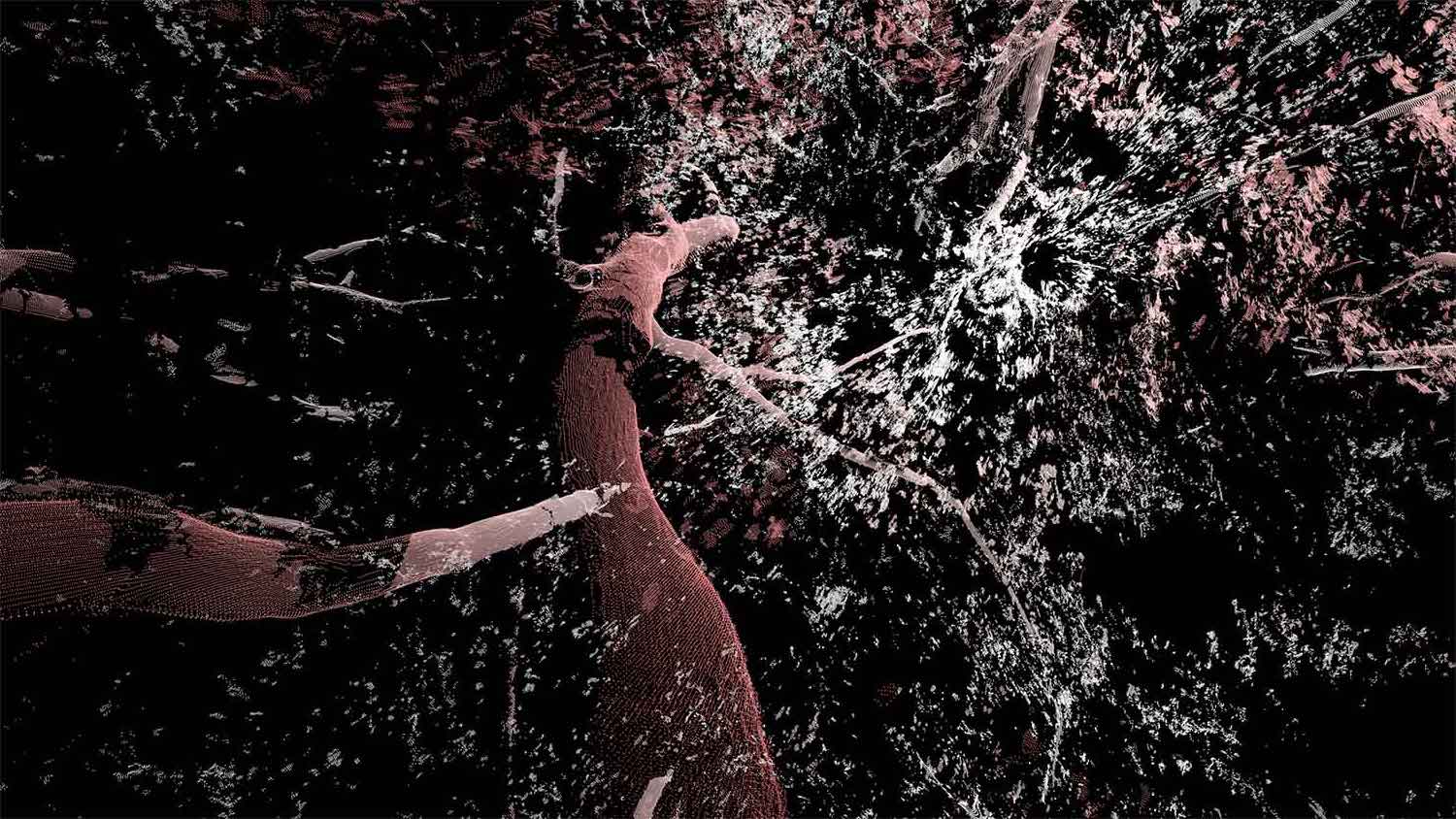Interview by Simona Serban

What is most striking about Studio Formafantasma is their incredible inclination to wonder at the natural world and it’s biological, chemical, and physical processes and – forms. By praising nature, in all of its manifestations, the studio created projects such as the Botanica Project (2011), the Migration Project (2011), and the Visione Unica Project (2019) focused on understanding the specific intricacies of raw materials and the truthful embodiment of environmental awareness with specific historic importance to be showcased and understood by both the professionals as well as the general public.
Architects, artists, designers and creatives alike have a complex task in general: generating from their clients, colleagues, teachers, families and the public, understanding, observing and learning how to treat the world around them, exposing them to arduous topics, maybe even making them develop new skills sets; in short, changing the world for the better. Studio Formafantasma takes this task and aims to solve it with, in their own words – ‘intellectual and empirical curiosity’. Yes, curiosity is the one trade as humans we are born with; we possess it organically, but most of the time, we don’t use it to its full potential. That’s where studio Formafantasma comes in.
Studio Formafantasma, as their name already implies, takes conceptualisation to a whole different level; they create organic connections between research-based conceptual design and the conventional side of the design industry by understanding the complexity levels within each of their projects and taking a generous amount of time for empirical research. Thus, they manage to create truly, unique masterpieces. As a studio born out of the love for conceptual research and curiosity, the co-founders position curiosity high with their creative process.
For example, while designing the Ore Streams project (2017-2019), an investigation into the recycling of electronic waste, they were able to tackle a very controversial topic in the sustainability community, such as the full recycling of electronics, the current waste management systems, as not everything gets recycled or smart solutions for this problem, are postponed to be taken, as it requires much more work than other recycling practices.
By taking on these types of challenges, the Formafantasma created a bulletproof system against creativity blockages by taking on and doing research work on environmental projects. As they themselves say, their studio will continue to expand on the already developed and researched themes, at the same time as conquering new and exciting environmental frontiers with the same passion for dense and complex techniques.
One of their latest expositions, postponed by the Covid-19 outbreak, is Cambio at the Serpentine Galleries. Cambio, meaning ‘Change/Exchange’ in English, is an ongoing investigation focused on the extraction, production, handling and distribution of wood products. They collect the research outcomes and compile an archive of documents, videos, books and articles on the topic. Considering the current global situation, such a raw and authentic perspective on the wood industry is one of the most important keys to tackling climate change. The exposition is itself different and challenges the observer to think, as instead of just showcasing good designer work, the showcased designs focus more on the behind-the-scenes thinking of the objects.
Cambio, as well as other projects of Studio Formafantasma, play and combat the idea of design as only being validated through consumption needs. Is through these types of projects, they show their inclination towards social, environmental, ecological, historical, and taboo concepts that, throughout the years, have shaped the society we now live in.



For those that are not familiar with the studio’s practice, could you tell us more about it? What was the intellectual process that led you to found the studio?
We met during our B.A. in Florence, started working together, and applied at the Master at Design Academy in Eindhoven as a team. It was the first time this was happening, and the head of the IM, Master Gijs Bakker, has been so open-minded about understanding this could work. We graduated with a joint project. We had the name Formafantasma in mind since we started working together really at the early beginning. If you translate it into English, it means ghost shape. It is actually pointing out how our work is not driven by formal research but more by a conceptual approach.
What made you pick The Netherlands as the place to start your studio practice?
We are based in Nl because we came to study in this country and immediately started working after graduation. Compared to Italy back then, the Netherlands felt like a much more open-minded country in terms of design. We could explore our more radical side in Nl.
Studio Formafantasma has a unique approach to its craft by focusing on integrated design, merging research, prototyping and experimenting with materials. Are the material choices meant to trigger certain reactions, or are they chosen due to intellectual and empirical curiosity?
It depends on the project, but we would say it is based on intellectual and empirical curiosity. We give you an example: When we spoke with Hans Ulrich Obrist more than a year ago about the possibility of doing an exhibition at Serpentine, he was very much interested in doing a design show that could display the way of thinking of designers more than showing products. He was also curious about the collaborative nature of our work. This invitation was perfect because we always wanted to make the exhibition about our research process.
We decided to focus on timber because it offers enormous possibilities in ecological terms, it is a non-extractive material (compared, for instance, to minerals), but trees are also living species that contribute to the world much more than just providing wood. We decided to focus on timber because of all these different issues. While taking such a diverse and expansive subject risks generalisation, we firmly believe in the necessity to read and understand design within its larger context, including extraction, refinement, production, distribution and afterlife of things and materials.
For too long, design has based its development on essentially one big narrative: the idea of human well-being and its function as a solution to human desire. This indulgence of human aspirations has debased design and narrowed down its scope of intervention. Where it has looked beyond the production of objects, it engages only with the transformation of half-finished materials into desirable products more than questioning the infrastructure that facilitates this process.
Our aim is, in the first place, to better understand the level of complexity we are all working and living in while at the same time offering clear reflections and design questions: How can the practices of observation and care toward plants – tuning into their life, features, behaviour and necessities – shed light on our ecological and entangled lives? What can we learn about climate change by analysing the anatomical features of trees?
How would wood production change if we consider their ability to sequester CO2 from the atmosphere? How can we, as designers, make more informed choices when selecting a wood-based material over another, beyond its aesthetic and functional properties? And perhaps most importantly, how can the imagination and ‘elastic’ approach of design be helpful in translating today’s emerging environmental awareness and scientific knowledge into informed, collaborative responses?
What would you say is the key element that makes people stop in their tracks when they meet face-to-face with your design products?
We guess the fact that our work is layered and usually, there is more to it than just colour forms and materials. It is often never about just the product.
Your projects have a very precise way of not looking, working and feeling the same way, thus demonstrating the versatile design approach your studio has. Do you believe that these types of approaches are more user-experience-integrated than the classic design approaches? And if so, why do you believe so?
Your question, in a way, already gives the answers. Our works are projects more than products. They investigate ideas and issues that go beyond the singular product. In this respect, you could argue this is closer than to experience.
What has been your most challenging project so far?
The exhibition at Serpentine Cambio. The collaborative nature of the show made it very complex to organise and handle.
What’s next for Studio Formafantasma?
We are still interested in expanding the themes of the exhibition Cambio. We are now also working on the GEO-DESIGN department that we are going to head from September 2020 at the Design Academy in Eindhoven
What is your chief enemy of creativity?
Cliches.
You couldn’t live without…
Homemade food.






